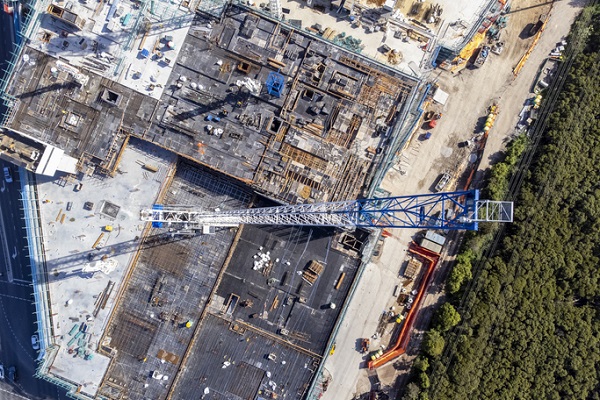MBA commends Employment White Paper
Master Builders Australia chief executive officer Denita Wawn says the building and construction industry has faced critical labour shortages and appropriate skill levels which dampens economic recovery and productivity growth.
“Developing an informed and evidence-based roadmap for Australia to build a bigger, better-trained and more productive workforce is critical to our nation’s ongoing success. Improving productivity requires a multifaceted approach. Doing more with less is what will allow Australia to achieve better economic and societal outcomes,” she says.
“The investments in skills and training, better integration of tertiary education and the development of higher and bachelor-equivalent apprenticeships will help address the bias that exists with going to university over VET. However, the role of not-for-profit, industry-led registered training organisations should be recognised in developing these pathways.”
Employing approximately 1.3 million people and providing infrastructure, commercial and community buildings and homes for the growing population, Denita highlights construction as the backbone of the Australian economy with vocational education being crucial to the workforce.
“Understanding the emerging and future workforce skills needs is critical for ensuring flexible pathways in the industry that meet the changing and diverse needs of workers, businesses and employers. Master Builders is committed to a net zero built environment and investing in ensuring we have enough skilled workers to meet this transition will be key,” she says.
Earlier this year, Master Builders released its blueprint for future-proofing the building and construction industry’s workforce which forecast the need for 486,000 new entrants into the industry over the next three years.
With the building and construction industry needing to attract around 230,000 technicians and tradies, the vast majority of whom will need to enter the industry through a trade apprenticeship, Denita states policies that prioritise attracting, recruiting, training and retaining workers in the industry are vital to ensure Australia’s housing and infrastructure needs can be delivered.
Additionally, Denita also praises the Employment White Paper referencing the challenge of female participation in the building and construction industry, referencing that the Women Building Australia program is one example of an industry-led initiative to provide appropriate mentorship and support for women entering the industry which has helped see an uptick of female participation over recent years.

